Legislative lobby efforts for historic tax credits reached new heights in 2022, but progress still needs to be made once the 118th Congress convenes in January.


Legislative lobby efforts for historic tax credits reached new heights in 2022, but progress still needs to be made once the 118th Congress convenes in January.
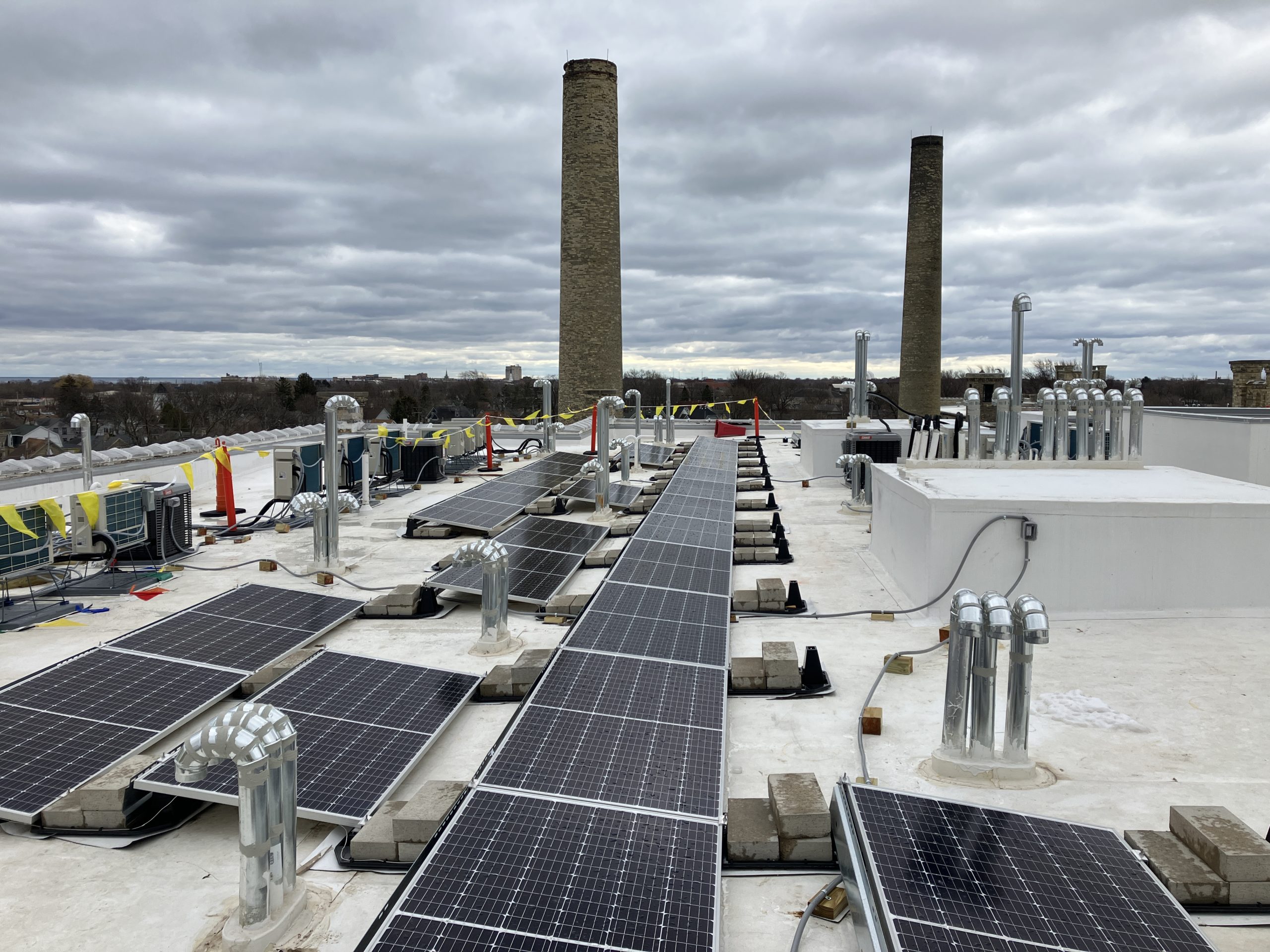
With the passing of the Inflation Reduction Act, there is increased focus nationwide on renewable energy initiatives. At times, these efforts overlap with another effort in our battle against climate change — historic preservation.
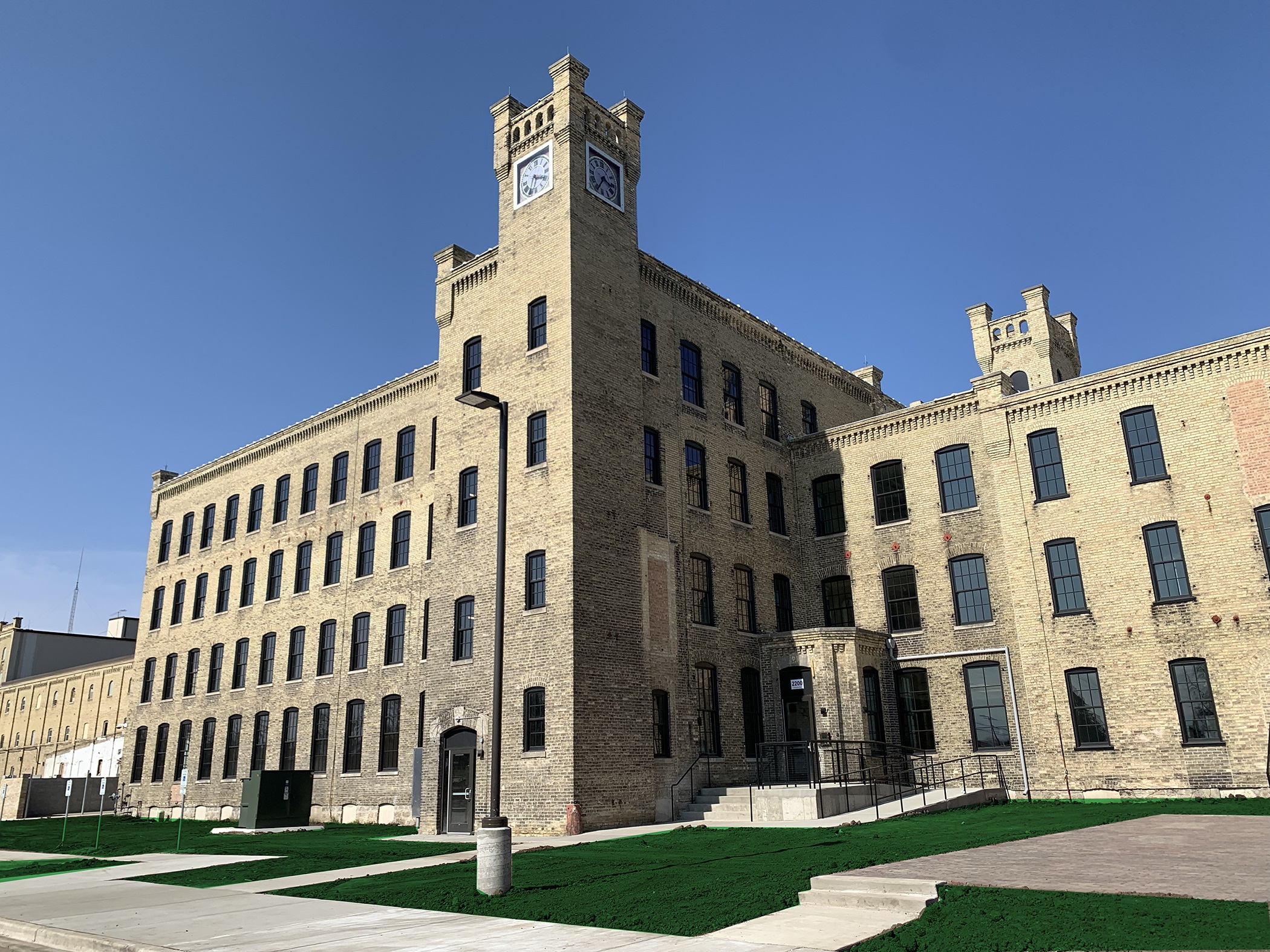
Like many other mill and factory complexes, the Horlick site consists of multiple buildings, and each was integral to the manufacturing process. Therefore, the project falls under the National Park Service’s functionally related guidance, and stakeholders must navigate various construction, financing, and investment schedules.
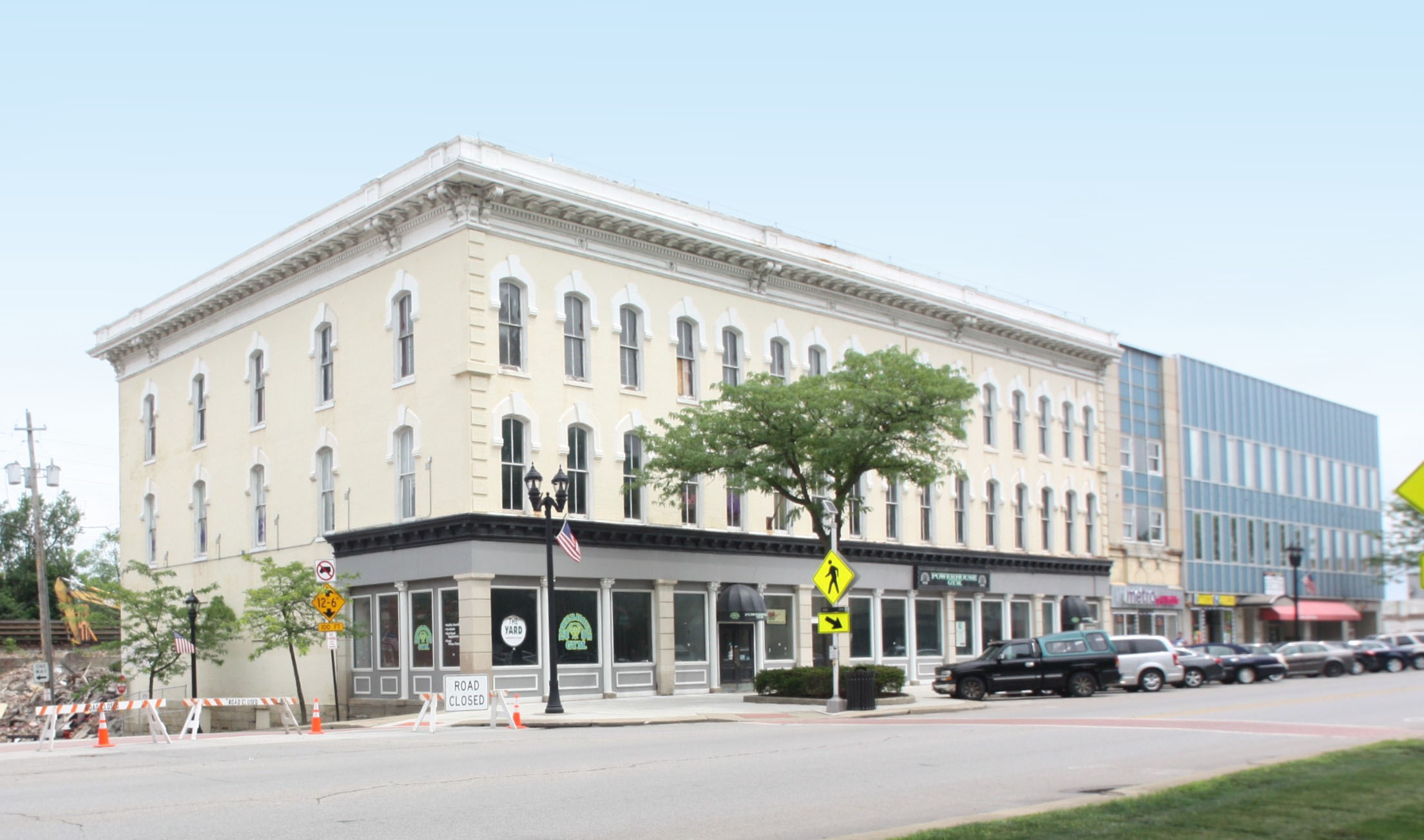
Thirty-seven states currently feature a state HTC program. State HTC programs serve as an excellent complement to the federal program and provide developers with the added financial benefit often necessary to rehabilitate historic buildings.
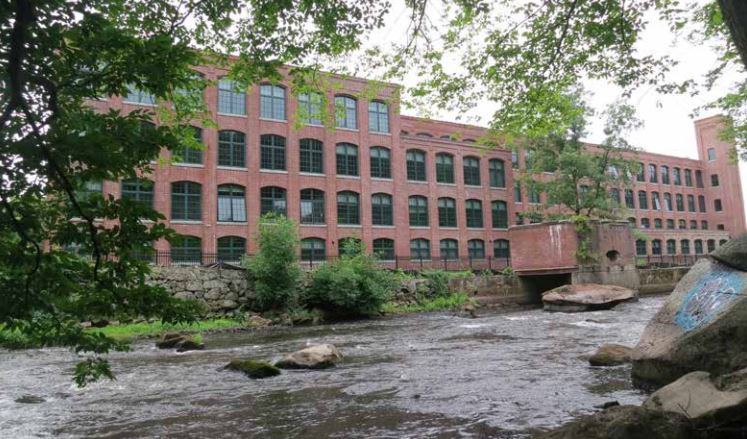
The historic tax credit (HTC) incentive has significantly evolved over the past four decades. During that time, the HTC has grown to become one of the most effective tools for historic preservation and economic revitalization.
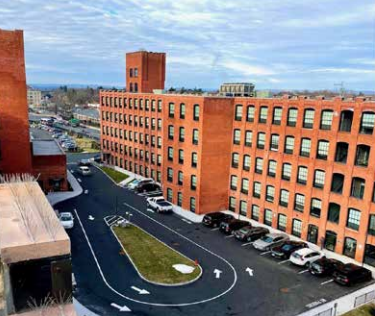
Over the course of a nearly 40-year career in the industry, Gordon Pulsifer, president and CEO of First Resource Companies, has completed more than 100 historic tax credit (HTC) developments, and won numerous awards in both preservation and low-income housing communities.

One of the key elements in successfully rehabilitating a property and receiving federal historic tax credits (HTCs) is obtaining Part 2 and Part 3 approval from National Park Services (NPS) or state historic preservation offices (SHPO). Read some tips on how to avoid delays here.

For many residents of Baltimore’s Broadway East neighborhood, the decaying buildings of the former Eastern High Pumping Station have been a daily reminder of disinvestment within their working-class neighborhood.

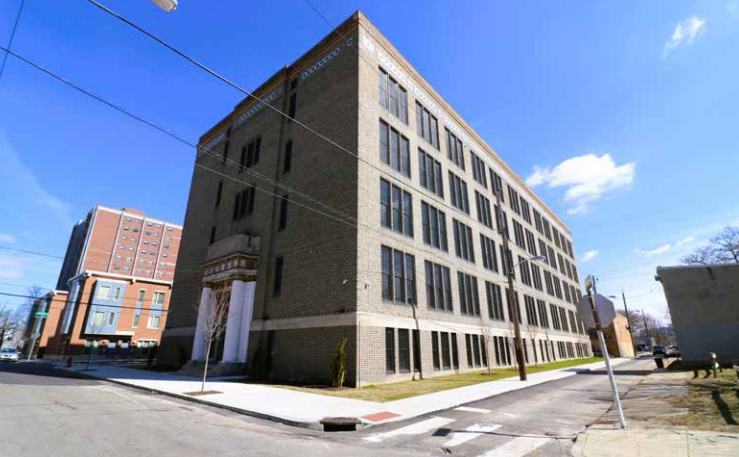
Across the United States, municipalities are struggling to meet a seemingly never-ending increase in demand for affordable housing. Read more here.

The federal historic tax credit (HTC) incentive was established in 1979 and replaced a former incentive program that was in the form of an accelerated depreciation. The program as it is known now was largely the result of two subsequent acts of Congress in the 1980s. Read more here.
Heritage Consulting Group announced today that John Tess, its Founder, will retire on April 1, 2022, after 40 years of successfully leading the company. Mr. Tess, a pioneer in the Historic Tax Credit industry, built Heritage from a single office in Portland, Oregon in 1982 into one of the nation’s largest and most respected historic […]